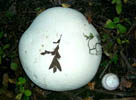
Top Ten


Glossary
 Top Ten |  |  Glossary |
Original authors |
|
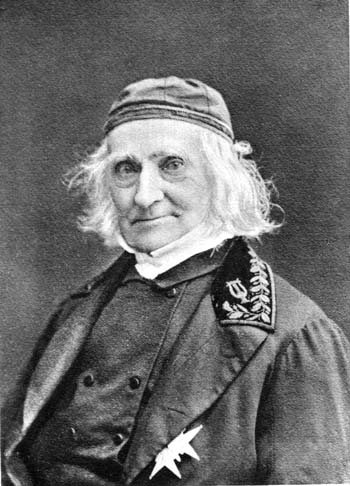
Transfers |
|
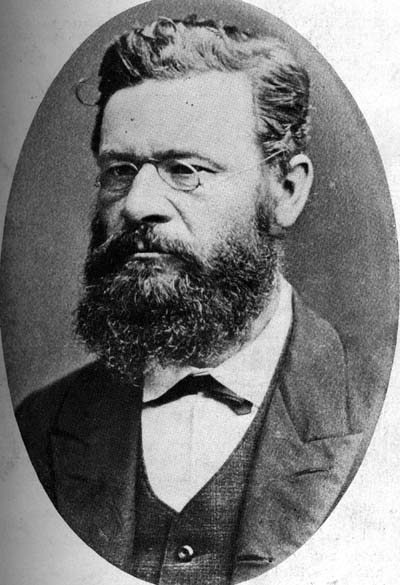
| Mycologists | Number of Transfers and Validations |
| Rolf Singer | 67 |
| Elias Magnus Fries | 57 |
| Paul Kummer | 39 |
| Peter Adolph Karsten | 34 |
| Samuel Frederick Gray | 24 |
| Lucien Quélet | 24 |
| William Alphonso Murrill | 18 |
| Pier Andrea Saccardo | 18 |
| Alexander H. Smith | 17 |
| Marinus Anton Donk | 11 |
| Robert Kühner | 11 |
| Zdenek Pouzar | 8 |
| Orson K. Miller, Jr. | 7 |
| Claude Casimir Gillet | 7 |
| Victor Fayod | 7 |
| Christian Hendrik Persoon | 7 |
| Frantisek Kotlaba | 7 |
| Albert Pilát | 6 |
| René Charles Joseph Ernest Maire | 6 |
| Louis Secretan | 6 |
| Scott A. Redhead | 6 |
| Joseph Schroeter | 5 |
| Narcisse Theophile Patouillard | 5 |
| Curtis Gates Lloyd | 5 |
| James Herbert Ginns | 5 |
| Lexemuel Ray Hesler | 5 |
| E. J. Gilbert | 5 |
| Charles Horton Peck | 5 |
| Louis René Tulasne | 4 |
| Adalbert Ricken | 4 |
And the winner is... |
|
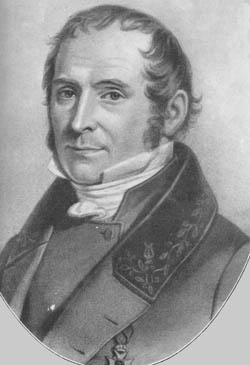
 Glossary | 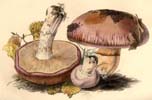 Mushrooms |  |  People | 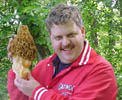 Newsletter |  Events |